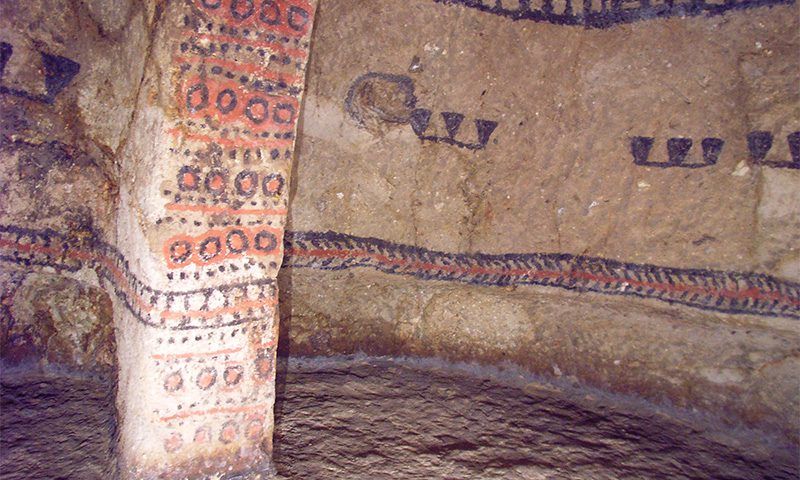Страна:
Регион:
Значение:
Почему Топ:
A unique underground necropolis of hypogea adorned with vivid murals, a UNESCO site. A must-visit for its striking funerary architecture and ancient art.
Описание:
In the Pátahua River valley at about 2 700 m altitude lie rock-cut funerary chambers in soft volcanic tuff. The main complex comprises three clusters—Alto de San Andrés, Alto del Duende and El Tablón—linked by trails and overlooks. Within hypogea up to 8 m deep are preserved columns, anthropomorphic effigies and remnants of red-black-white murals. The cemetery dates to the 6th–9th centuries AD and belongs to the Tierradentro culture, which farmed potatoes and maize on the highland plateaus.
Факты:
– Over 100 hypogea;
– Alto del Duende cluster has 43 chambers;
– Murals and effigies date to 6th–9th centuries AD;
– Noted by Spanish chroniclers in the 16th century, excavated since the 1960s;
– Inscribed by UNESCO in 1995.
Значение:
Global; protected by UNESCO and the Tierradentro National Park
Категории:
Тэги:
Зачем посещать:
Интерес:
Физподготовка:
Лучшее время:
Делать:
photography
archaeological hikes
ethno-cultural study
Open:
Attendance:
Info:
Safety:
No lifeguards. Uneven trails and rocky descents, sudden weather changes possible. No crime or terrorism reported.
Clothing:
layered synthetics, windbreaker, waterproof boots
Climate:
high-altitude: daytime +15…+20 °C, nighttime +5…+10 °C, frequent fog and rain
Tips:
Arrive early, bring water, a raincoat and sunglasses, stay on marked trails.
Connection:
No Wi-Fi. Mobile signal is weak—only near the entrance. Satellite phone recommended for group expeditions.

